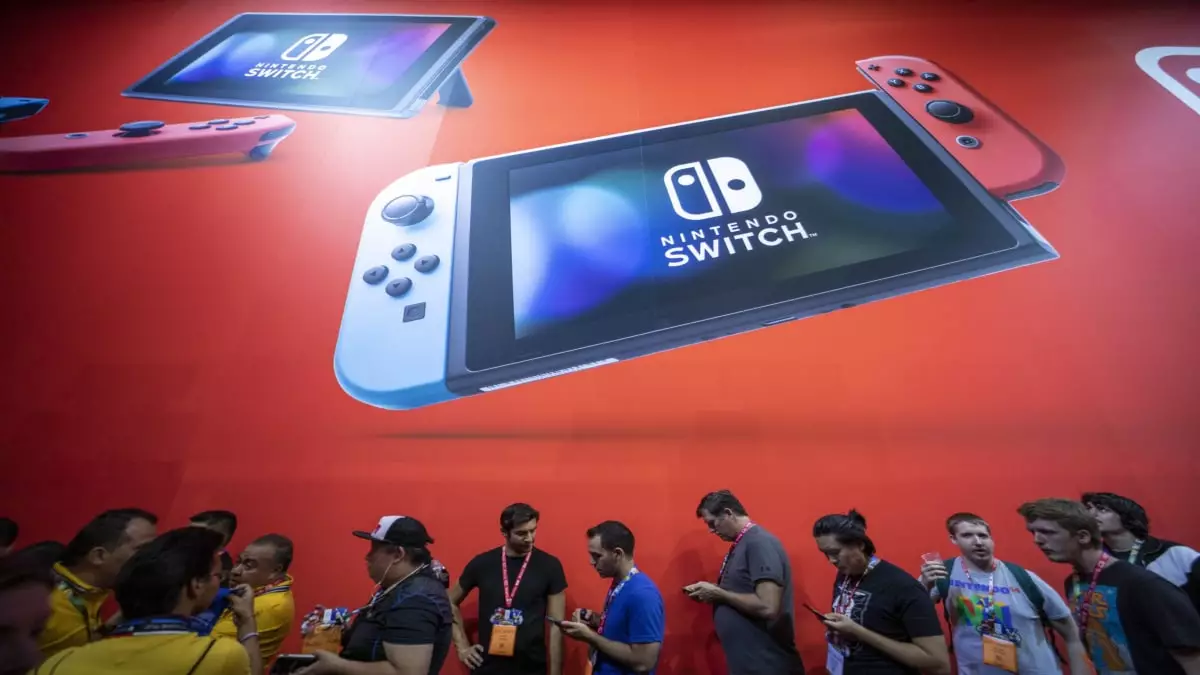In an announcement that sparked excitement among gaming enthusiasts, Nintendo confirmed that its upcoming console, often referred to as the “Switch 2,” will support backward compatibility with its predecessor, the Nintendo Switch. This move was revealed by Nintendo’s president, Shuntaro Furukawa, during a recent company briefing, where he emphasized the importance of continuity for consumers who have invested in the current platform.
Backward compatibility has become an increasingly crucial feature for gaming consoles, as it permits users to play their previously purchased games on new systems. This was a common practice among several companies, with Sony and Microsoft, for instance, successfully implementing features that allow users to maintain their game libraries across console generations. Nintendo’s recognition of this trend reflects its understanding of consumer needs and desires, as gamers tend to appreciate the value of retaining their existing game collections.
In addition to confirming backward compatibility, Furukawa also highlighted that Nintendo Switch Online, the company’s subscription service, would be available on the Switch 2. This platform offers essential features such as online multiplayer gaming, cloud saves, and access to a library of classic games from previous Nintendo consoles. Integrating these services into the successor is a strategic move by Nintendo as it not only enhances the user experience but also positions the new console as a continuation of the Switch ecosystem.
Such a decision suggests that Nintendo aims to foster loyalty among its user base by seamlessly transitioning current subscribers onto the new system. The inclusion of Nintendo Switch Online on the successor will add value for both new and existing customers, ensuring ongoing engagement with the Nintendo brand.
During the briefing, Furukawa underscored the importance of maintaining good relationships with Nintendo’s 100 million active users. This sentiment mirrors a broader industry trend where companies strive to build long-term connections with their customers—an aspect that can directly influence sales and brand loyalty.
Furukawa articulated that alongside the backward compatibility feature, consumers will have access to an extensive range of titles that were previously released for the Nintendo Switch. This careful planning shows Nintendo’s commitment to its audience and serves as a reassurance that their existing investments in games will not be wasted with the arrival of new hardware.
Financial Outlook and Strategic Adjustments
While the announcements have generated a wave of optimism, they came amidst a period of decline for Nintendo regarding hardware and software sales. The financial results for the second quarter of fiscal year 2025 revealed a significant 31 percent drop in Switch sales compared to the previous year, prompting the company to adjust its annual sales forecast. Nintendo’s sales expectations shifted from 13.5 million units to a revised estimate of 12.5 million units for the fiscal year, as the company reported sales of just 4.72 million units during this quarter.
These statistics underline the necessity for Nintendo to innovate and refresh its product offerings to revitalize interest and engagement in its gaming systems. The forthcoming Switch successor, with its backward compatibility and integration of online services, represents a tactical response to the challenges facing the company as it seeks to reclaim its market position.
As the gaming community looks forward to the official announcement of the Switch 2, expectations are high for how the new system will perform and what features it will offer. The commitment to backward compatibility and the integration of Nintendo Switch Online services indicate a forward-thinking approach that values consumer loyalty and gaming continuity.
The real challenge for Nintendo, however, will be in executing its vision effectively and capturing the attention of both current and potential users. While the potential is immense, the company must remain vigilant in navigating the evolving landscape of the gaming industry and ensuring that the Switch 2 lives up to its legacy. With the console set to launch before the end of fiscal year 2025, all eyes will be on Nintendo to see how it shapes the future of gaming.

Leave a Reply